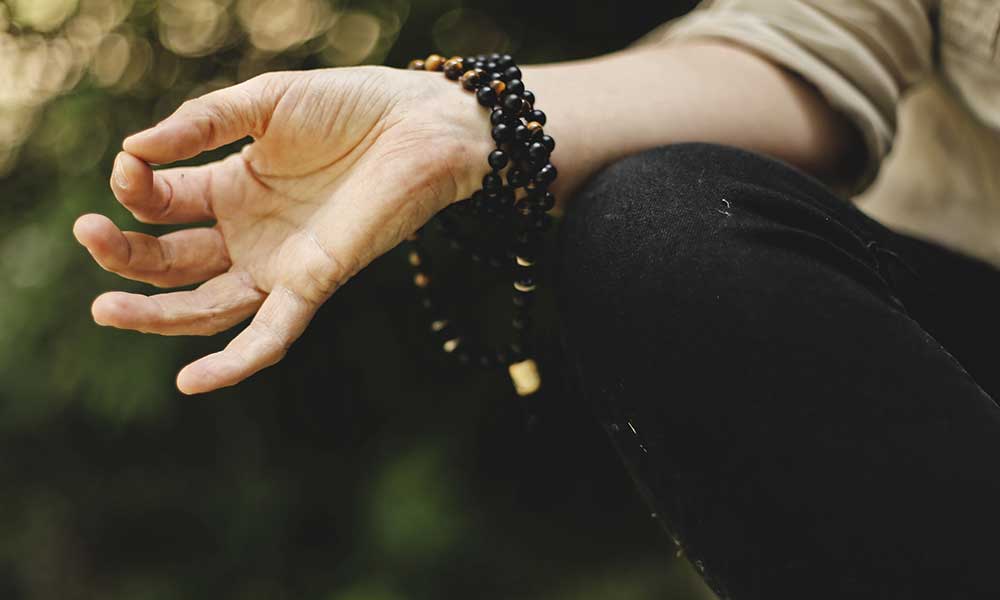Do you wonder why many women have their right or left nose pierced? Is it because they find it fashionable, or does it have some cultural belief attached?
Many ladies find nose piercings attractive, but are you aware that each piercing has a spiritual significance?
The cultural significance of nose piercing to Indians is that piercing the right side of the nose turns on the Ida Nadi. Also, it helps women develop more of their own Shakti, or Divine Energy.
More than that, it can assist a person’s spirituality by bringing harmony to their body and mind. In the eyes of its believers, it acts as a magnet for positive energy.
However, many societies view a man with a piercing in his right nostril as queer, while a woman with her left side nose pierced identifies as a lesbian.
There’s more; read on.
History of nose piercing
Nose piercing has a rich and exciting history. This kind of art dates back to 44,000 B.C.E. in Australia. In Aboriginal culture, septum piercing is still done using bones.
Among North African tribes, nose piercing was common with animal bones and metal rings. Although modern nostril piercings originated in the Middle East, perhaps around 4000 years ago, they also originated in other parts of the world. By the 16th century, India had adopted this practice.
Even the Old Testament refers to the practice of wearing nose rings. Genesis 24:22 describes Abraham’s servant giving Rebekah a gold nose ring as a gift before she married Isaac. On the other hand, those opposed to piercings frequently cite Leviticus 19:28 as a prohibition against all types of body piercing and tattoos.
While the hippie movement was gaining momentum, nostril piercing became increasingly popular during the 60s and 70s. India was a destination for many young people seeking self-realization and personal growth.
Many young men and women defy conventional norms and wear nose rings as a sign of independence. Piercings represent individuality, confidence, and freedom.
Symbolic Meaning of Piercing or nose ring
The deep spiritual meaning of left or right-side piercing differs depending on one’s religion, culture, and country of origin. Many people in some cultures wear nose rings for their spiritual significance, but others wear them merely for fashion.
For instance, the Chinese believe piercing one’s right nostril eases birth pains. A nose piercing can also enhance one’s level of happiness and attract good luck.
Many people seeking spiritual enlightenment have their noses pierced in the hopes that it may facilitate their spiritual journey.
Piercing one’s nose can heighten one’s awareness of the body, a valuable quality in meditation and daily life.
Below are more spiritual benefits of piercing.
It stands for reliability and good fortune.
Having your right nostril pierced symbolizes the aspiration to be stable and unwavering in your life, which has another spiritual meaning. We are often believed to be more logical on the right side of our brains. Also, piercing one’s nose on the right side signifies good fortune.
It represents the spiritual bond shared by a couple throughout their lives together.
Right-side nose piercing fosters a psychic bond with a future spouse.
Piercing your nose may help you find your soul mate.
Right-side piercing is done to help couples feel more connected as soul partners.
It represents innate wisdom.
The brain’s left hemisphere is associated with imagination and the right with logic and analysis.
These two things allow us to regulate our mental processes and actions to meet our needs. That’s why it’s so important to pierce the nose’s right side.
If you pierce the right side of your nose, the universe can read your thoughts and feelings, enhancing your intuition.
Therefore, you will have less trouble deciding what to do in a given situation.
It represents a high sense of self.
Many people who wear a nose ring consider it a sign of confidence.
From the earliest times, it has represented good fortune and success. Left nose piercing attracts a lot of unwelcome attention. Therefore people who have them tend to walk taller and prouder.
Getting your right nostril pierced could cause you to shift your perspective without meaning to. It could alter your perception of your abilities and your contribution to society. Your sense of pride and accomplishment will soar as a result of this.
Health Advantages of Nose Piercing
- A left nostril is associated with feminine energy in traditional Chinese medicine, whereas a right nostril represents male vitality.
- The ring helps women deal with PMS, headaches, and all the other symptoms of being a woman.
- The Indian system of complementary medicine, Ayurveda, agrees with this assessment. According to this theory, a woman’s fertility is affected by the shape of her nose, namely the left side.
- Practitioners of Ayurveda believe that placing a ring in the left nostril can alleviate PMS symptoms, ease labor pains, and enhance a woman’s sexual desire and satisfaction.
Nose Piercing and Its Significance Islamic Theology
“Allah is lovely and adores beauty” is a central tenet of Islam. Nonetheless, Islamic scholars have a range of thoughts on nose piercings.
Few academics argue that nose piercing alters Allah’s creation by mutilating and deforming the face. That’s why the Prophet forbids it, while ear piercing gets his blessing.
As a result of their view that it is unhealthy, it is also forbidden. Some Islamic scholars, however, will only give their blessing if the nose piercing is strictly for cosmetic reasons and not to alter Allah’s perfect creation.
Meaning of nose rings and nose piercings in Sikhism
Nose piercing and nose rings are strictly forbidden in Sikh belief, in contrast to the Islamic, Hindu, and Christian traditions. The Sikh code of conduct, the Panthic Sikh Rehat Maryada, does not frown upon an Amritdhari’s use of any jewelry. It does not need piercing the wearer’s ears, nose, or other body parts.
Hinduism’s perspective on nose piercing
Historically speaking, Hinduism has had a solid connection to the practice of wearing nose rings. Hindu ladies, more so than women of any other religion or culture, are known for their widespread use of this popular accessory.
Several communities have made it mandatory for young girls to get their noses pierced to show respect for religious or cultural norms.
The Rajput women of Rajasthan are known for their staunch adherence to this age-old custom. Upon reaching sexual maturity, a young Hindu girl typically gets her nose pierced at age 12 as a public declaration of her readiness for marriage.
More than that, it’s a sign of the affection with which her family showers her.




